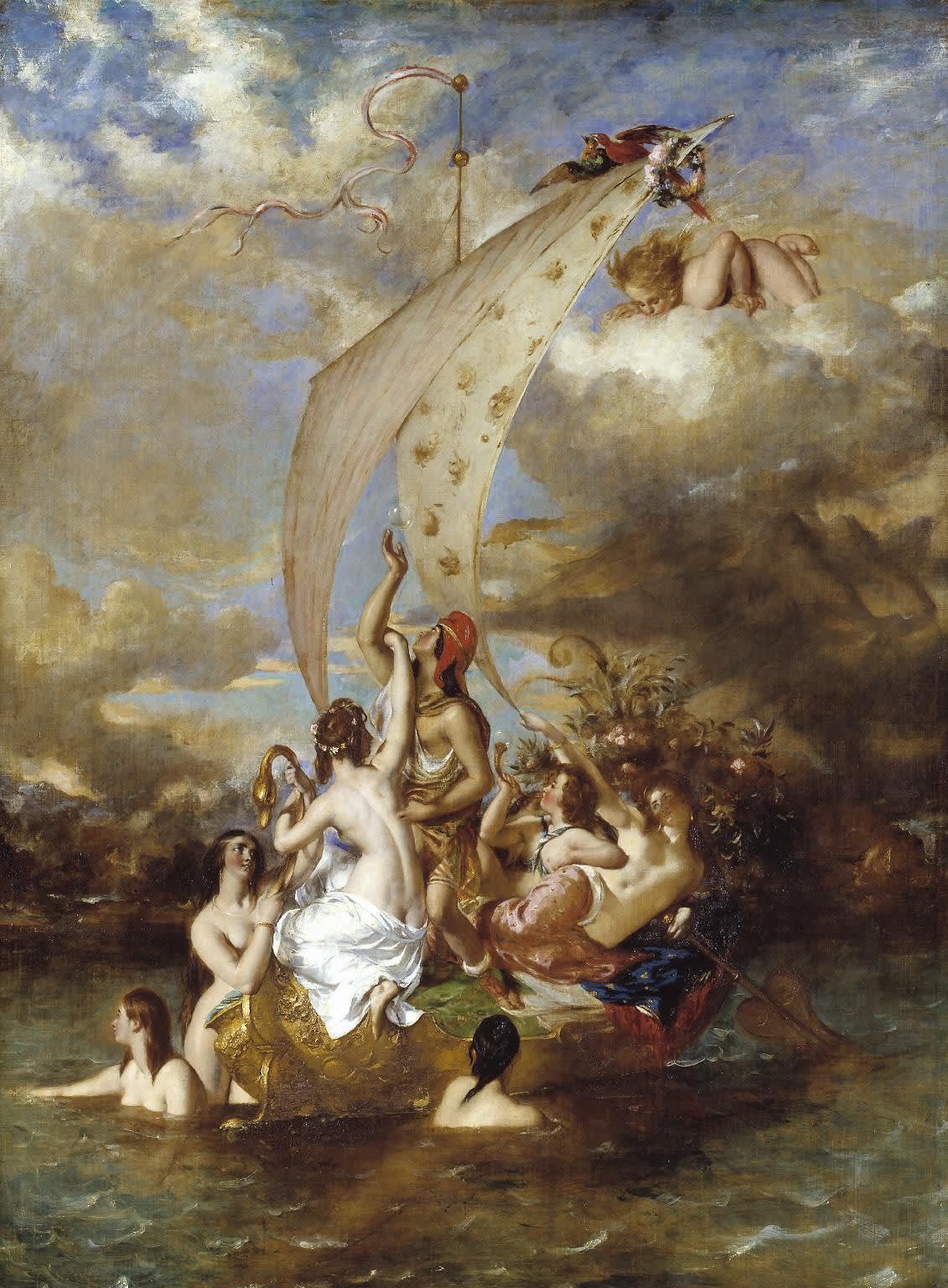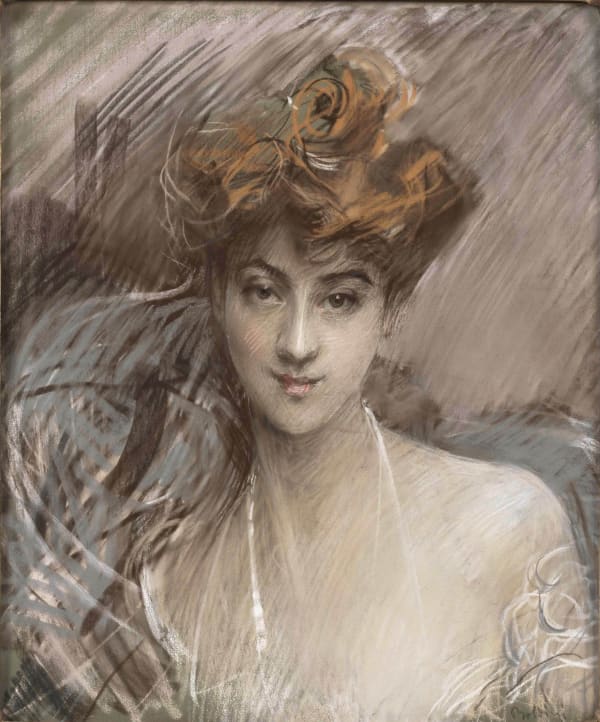
WILLIAM ETTY
William Etty was born in York, the seventh child of Matthew Etty and Esther Calverley of Hayton, in 1787. He displayed superb artistic talent from a very early age and so in 1805 he moved to London to stay with an uncle. There he became acquainted with the painter John Opie, who perceived the youngster's remarkable skill and introduced him to Henry Füssli. On the latter's recommendation he was admitted in 1807 to the Royal Academy, where he met Sir Thomas Lawrence. Etty travelled to France and Italy from 1815 to 1816 and, back in London, he painted the pictures that were to bring him lasting fame, including Bacchanalians and Cleopatra's Arrival in Cilicia, in November 1816. He set out to conduct the Grand Tour in 1823, travelling first to France and then to Italy. Returning to London in January 1824, he painted Pandora, a picture which marked his definitive triumph in England and which was to be bought by Sir Thomas Lawrence himself. In the 1820s and '30s Etty focused primarily on historical paintings, and it was only towards the end of his career that he decided to devote his energies to landscapes and to still-lifes. He retired to his native city, York, in 1848 and died there on 13 November 1849.

W. Etty Youth on the Prow, and Pleasure at the Helm, 1832, oil on canvas, 158,7 x 117,5 cm,
London, Tate Britain
Youth on the Prow, and Pleasure at the Helm is a study for the central group in a large work (158.7 x 117.5 cm) of the same title which Etty painted in around 1830 and showed at the Royal Academy in 1832. The majestic canvas was snapped up by English collector Robert Vernon, who decided in 1847 to offer it and other works from his collection to National Gallery (it currently hangs in the Tate Britain). The painting was inspired by the poem The Bard penned by Thomas Grey in 1757, a poem which harked back, as Grey himself tells us, to "a tradition current in Wales that Edward the First, when he completed the conquest of the country, ordered all the bards that fell into his hands to be put to death" (Robinson, 2007, p. 180). In connection with the subject inspired by The Bards, Etty writes in an undated letter addressed to the art dealer Wass: "The view I took of it was as a general allegory of Human Life, its empty vain pleasures – if not founded on the laws of Him who is the Rock of Ages" (Robinson, 2007, p. 180). These words leave us in no doubt as to the fact that the artist was bent on allegorically depicting the irresponsible nature of Richard II of England, later deposed by King Henry IV, who pushed his court in the direction of the superficial pleasures of life rather than turning his mind to the moral duties incumbent upon a responsible sovereign. In painterly terms, Richard II's attitude is represented metaphorically by a gilded ship threatened by the sudden appearance of a fearful storm drawing ever nearer. The painting was given a critical reception by the public and by the press, both seeing the work simply as a vessel for the portrayal of sensual and provocative nudes while failing to grasp its underlying moral message.
The study shows the semi-naked bodies of the two figures who occupy a central position in the large painting, at the peak of an ascending movement reminiscent in its pyramidal conformation of the virtually contemporary paintings of Théodore Géricault and of Eugène Delacroix, which Etty had unquestionably had occasion to admire during his time in France. The stylistic rendering of the figures, however, is a very different matter from that of those two French artists. Etty here appears still to be bound by a concept of the nude imbued with idyllic idealisation, to the point where his figures' postures echo the style of the 16th century artists whose work Etty had seen in the course of his travels in Italy and in France. Thus the artist marks his distance from the crude, "base" reality depicted by Géricault.



